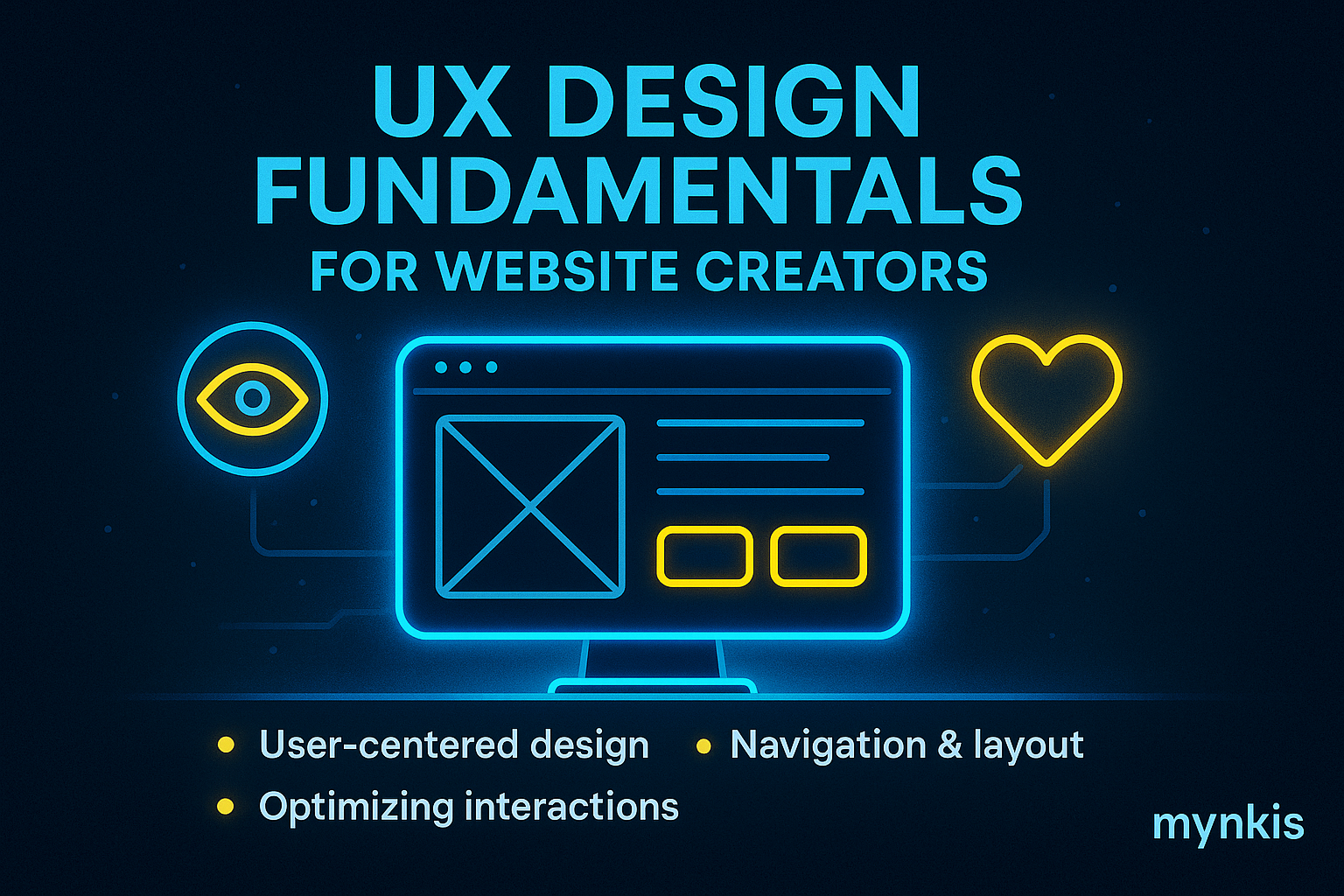Schedule a Demo
At the core of every successful website is a robust user experience (UX) design. I've seen firsthand how prioritizing UX can drastically improve user engagement and satisfaction. Crafting a website isn't just about aesthetics; it’s about understanding the journey your users undertake. From the moment they land on your homepage to completing a purchase or reading your blog, every interaction counts. Ensuring a smooth, intuitive, and pleasant experience not only enhances user retention but also supports the scalability and flexibility needed for founders building on their minimum viable product (MVP).
Good UX starts with user research. In my experience with burgeoning startups, founders often overlook the importance of deeply understanding their audience. Spend time identifying your users' needs, behaviors, and challenges. Surveys, interviews, and user personas aren’t just buzzwords—they’re tools that can turn insights into actionable design choices. As founders iteratively build their product, integrating user feedback ensures the design remains relevant and grounded in real-world needs.
The mantra 'less is more' holds true in UX design, especially for scaling startups seeking efficient digital solutions. Simplicity isn’t just about design style; it’s about creating a clear, navigable path for your users. The way I like to approach this is to imagine navigating the site myself—how intuitive and straightforward can the experience be? Every element should have a purpose. According to Nielsen Norman Group, minimizing the users’ memory load through clarity and simplicity directly improves their ability to use your site effectively.
An often undervalued aspect of UX design is accessibility. Yet, it’s essential for reaching a broader audience. When I consult with clients on expanding their customer base, I remind them that accessible design isn’t just ethical, it’s good business. Incorporating features like high-contrast text options and screen reader compatibility ensures that your MVP meets diverse user needs. The Web Content Accessibility Guidelines (WCAG) provide excellent starting points for ensuring your website caters to everyone.
The path to perfecting your MVP's UX is iterative. I recall a project where regular usability testing drastically shifted our direction for the better. Allow your users to interact with your site and observe, record, and act on their feedback. It’s remarkable how even small tweaks to layout, button placement, or information architecture can lead to significant improvements. Continuous iteration keeps your tech infrastructure agile and allows for rapid adaptation as you scale.
Clearly structuring your website ensures that users find what they need without frustration. In my practice, crafting a logical flow for how users journey through your site is paramount. This extends beyond mere organization—it's about understanding and predicting how visitors will navigate your site. A well-designed information architecture is crucial for maintaining this clarity, especially as you add new features or content in response to evolving business needs.
While UX focuses on function, the visual design supports and enhances the overall experience. Your choice of colors, typography, and layout plays a critical role in user engagement. Based on my experience, startups focusing on strong visual cues alongside great usability see better conversion rates. Interactivity—things like hover effects, transitions, and animations—can keep users engaged but must be used judiciously to avoid overwhelming them.
With the increasing prevalence of mobile devices, ensuring your site is mobile-responsive is non-negotiable. I advise every founder I work with to view mobile optimization as essential, not optional. A design that adapts flawlessly to different screen sizes reflects well on your brand's commitment to user convenience. Tailoring the user experience for both desktop and mobile not only widens your audience but also supports the flexibility startups need as they grow.
Website performance significantly impacts user experience. In my work with operations managers, I've seen how a website's speed can influence conversions. Optimize images, leverage browser caching, and minimize the use of heavy scripts to ensure quick load times. Slow sites lead to user frustration and increased bounce rates. Monitoring and tweaking performance is vital as your MVP scales and its digital architecture becomes more complex.
When building an MVP or scaling your tech infrastructure, the principles above serve as your blueprint for a user-centric approach. I advocate that founders integrate these UX fundamentals from the outset. Not only do they aid in creating a user-friendly product, but they also set the stage for continued growth and adaptation. As startups iterate and refine their offerings, keeping a pulse on UX provides the agility needed to succeed in a dynamic market.
It's not enough to merely start with strong UX. For tech founders committed to scalability, ongoing analysis and refinement are essential. Your business will evolve, and so should your website's UX. Periodic audits of user interactions and performance data will uncover areas ripe for improvement. Staying proactive in UX design ensures your technological infrastructure supports your business for the long haul.
